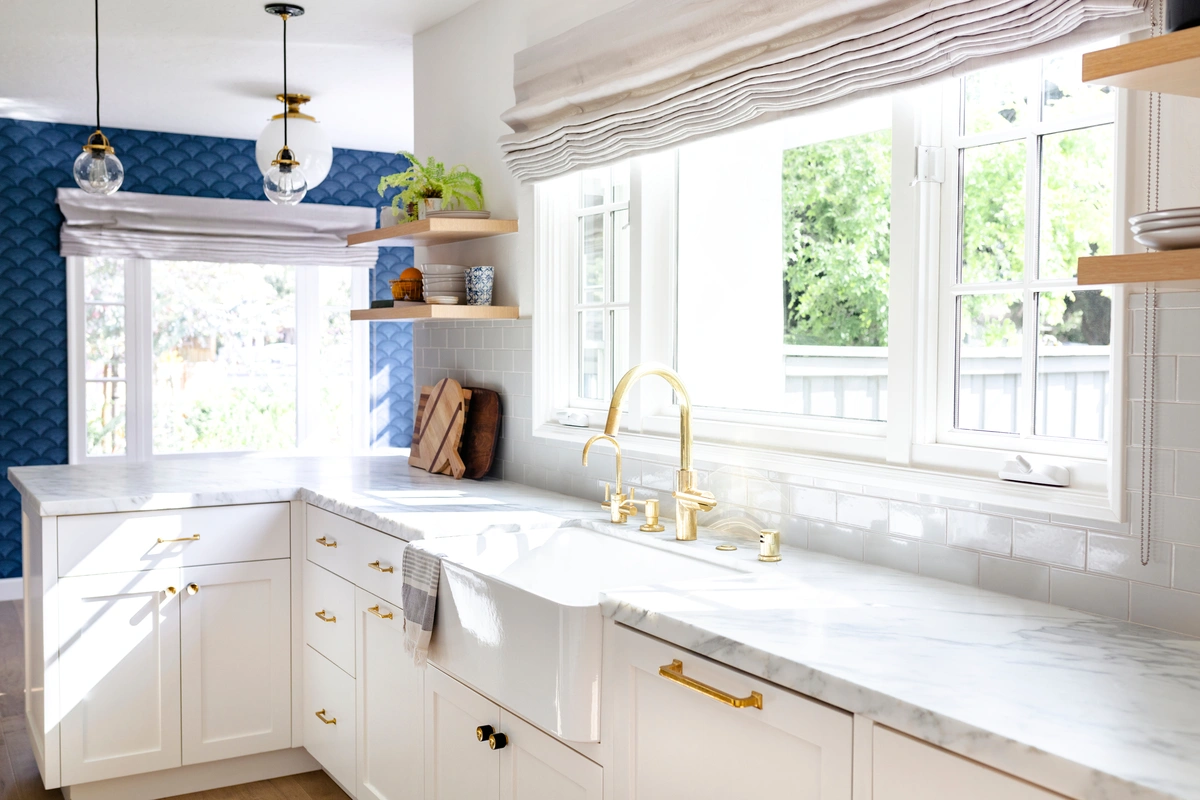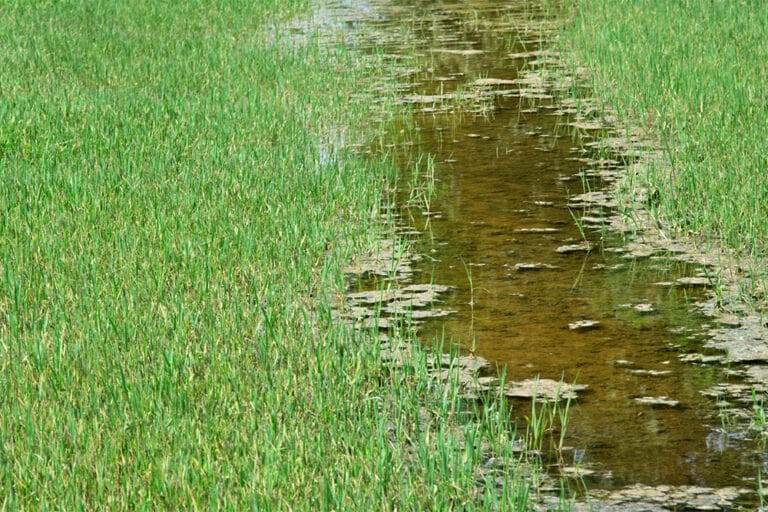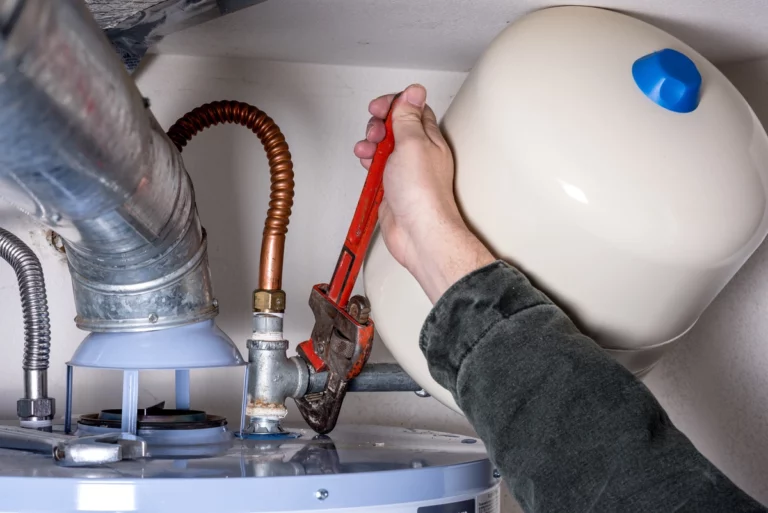Welcome, intrepid adventurer! Today, we’re diving into the captivating, occasionally leaky, but always fascinating realm of kitchen sink plumbing. It’s a world filled with twists, turns, and more pipes than a Mario game. While it might seem mundane, kitchen sink plumbing is an unsung hero of our daily lives, keeping our kitchens running smoothly and our homes from turning into swamps. So, buckle up and grab your trusty wrench—let’s explore the wonders lurking beneath your kitchen sink!
A Tale of Pipes and Drains
At first glance, a kitchen sink is just a simple, shiny basin where dishes meet their soapy fate. But below the surface lies a complex labyrinth of pipes and fittings, all working together in perfect harmony (most of the time). The kitchen sink plumbing system can be broken down into three main components: the supply lines, the drain pipes, and the P-trap.
The Supply Lines: Bringing the Heat (and Cold)
Let’s start with the supply lines. These are the MVPs delivering hot and cold water straight to your faucet. Like a well-coordinated tag team, the hot and cold water lines snake their way from your home’s main water supply, up to the faucet, where they mix to create the perfect water temperature for washing dishes, filling pots, or doing the dreaded “hand-scrub.”
But it’s not all rainbows and sparkles in the world of supply lines. These pipes can spring a leak, burst under pressure, or get clogged with mineral deposits if you live in an area with hard water. If you’ve ever had a faucet that screams like a banshee when turned on, blame the supply lines. Fun, right?
The Drain Pipe: The Unsung Hero
Once the water has done its job, it needs a quick exit. Enter the drain pipe, the silent workhorse of kitchen plumbing. Gravity does most of the work here, pulling dirty water and soap suds down into the dark abyss of your home’s plumbing system.
This is where things can get tricky. Grease, food scraps, and the occasional rogue spoon can conspire to clog the drain, leading to the dreaded standing water. And if you’ve ever had to fish out a soggy clump of mystery gunk from your sink, you know just how glamorous this part of the job can be.
Meet the P-Trap: Plumbing’s Defensive Line
Ah, the P-trap. With its distinctive U-shape, this pipe is more than just a quirky plumbing accessory—it’s your kitchen’s guardian against unwelcome smells and pests. The P-trap holds a small amount of water at all times, creating a barrier that prevents sewer gases from creeping up and turning your kitchen into a stinky dungeon.
But wait, there’s more! The P-trap also serves as a catch-all for small objects that accidentally slip down the drain. Whether it’s a wedding ring, a Lego piece, or a potato peeler (hey, it happens), the P-trap is there to save the day. Of course, retrieving said items often requires bravery and a willingness to get your hands dirty. Bonus points if you can do it without gagging.
The Garbage Disposal: A Modern Marvel
No discussion of kitchen sink plumbing would be complete without a shoutout to the garbage disposal. This whirring, grinding gadget is like the garbage compactor from Star Wars, but for food scraps. Flip the switch, and it makes short work of leftover spaghetti, carrot peels, and that weird casserole you meant to eat last week.
However, the garbage disposal is not invincible. Try feeding it chicken bones, coffee grounds, or egg shells, and you might find yourself in a world of plumbing hurt. Pro tip: treat your disposal with care, and it will reward you with years of faithful service (and fewer emergency plumber visits).
Common Sink Plumbing Problems (And How to Tackle Them)
Even the best kitchen plumbing can encounter hiccups. Here are a few common issues and tips for how to address them:
1. The Dreaded Clog
- Symptom: Water draining slower than a snail on vacation.
- Solution: A plunger or plumber’s snake can work wonders here. If you’re feeling adventurous, you can also try the classic baking soda and vinegar trick, which fizzes like a science experiment but works surprisingly well.
2. Leaky Faucet
- Symptom: Drip… drip… drip… (Cue your slow descent into madness.)
- Solution: Most leaky faucets can be fixed with a quick replacement of the washer or O-ring. It’s a simple fix that saves water and your sanity.
3. Loose Pipes
- Symptom: Water spraying everywhere but where it’s supposed to.
- Solution: Tighten those connections! A wrench is your best friend here, but don’t overtighten, or you might crack the fittings.
4. Garbage Disposal Malfunction
- Symptom: A loud hum but no grinding action.
- Solution: Check for jams. Always unplug the disposal first, then use an Allen wrench to manually rotate the blades. If all else fails, consult the manual or call in reinforcements.
DIY vs. Call the Pros
Kitchen sink plumbing is one of those areas where DIY can save you time and money—or lead to a flood of regret (literally). Minor issues like unclogging a drain or tightening a fitting are fair game for the average homeowner. But when it comes to major leaks, pipe replacements, or anything involving your home’s main water line, it’s best to call a professional plumber.
Not only do plumbers have the skills and tools to fix the problem quickly, but they also come with the added bonus of liability insurance. Plus, you get to sit back, relax, and let someone else handle the mess for once.
Fun Plumbing Facts to Impress Your Friends
Want to be the life of the party? Drop some of these quirky kitchen sink plumbing facts:
- The word “plumber” comes from the Latin word plumbum, meaning lead. (Romans used lead pipes, and we all know how well that worked out.)
- The average American household leaks about 10,000 gallons of water annually—enough to fill a swimming pool!
- The first garbage disposal was invented in 1927 by architect John Hammes. Thank you, John, for sparing us from endless trips to the compost bin.
Conclusion: Plumbing Adventures Await
Kitchen sink plumbing might not be the flashiest topic, but it’s an essential part of any home. Whether you’re a DIY enthusiast or someone who prefers to leave it to the pros, understanding the basics can save you time, money, and frustration.
So, next time you’re doing dishes or cleaning up after a big family dinner, take a moment to appreciate the unsung plumbing heroes beneath your sink. After all, without them, your kitchen would be a much messier (and smellier) place. Now, go forth and conquer your plumbing fears—you’ve got this!





